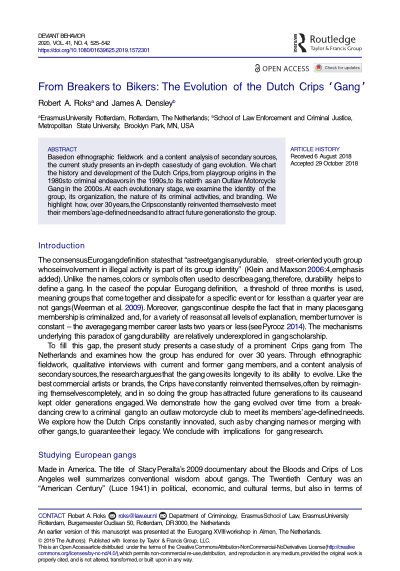By Summer Walker I Mariana Botero Restrepo
The relationship between illicit economies, conflict and instability has been long debated in academic and practitioner circles, and part of the international policy agenda for some time. From the diamond trade in Sierra Leone to the heroin trade in Afghanistan, illicit economies have been shown to fund insurgencies and political actors, and to contribute to ongoing conflict.
The GI-TOC’s 2021 Global Organized Crime Index shows that of the ten highest-scoring countries for criminality, meaning those with the most pervasive criminal markets and influential criminal actors, the overwhelming majority are countries experiencing conflict or fragility.
This report considers three case studies at different stages of armed conflict to assess the dynamic relationship between criminal networks, illicit economies, and conflict actors and conditions. These three case studies offer unique perspectives in terms of duration, size of the conflict area and stage of the conflict:
Armed insurgency in northern Mozambique
Armed groups in Libya and Mali
Armed groups in Colombia
While these conflicts present three distinct cases, they also share relevant similarities. In these cases, unrest is created after an armed group or groups counter the legitimacy of the state. The national response to the conflict is supplemented with regional and international responses. All situations lack a swift resolution, and the instability persists primarily in areas outside capitals, even after formal conflict resolution. In this way, these three cases are representative of sustained, localized instability deriving from armed conflict between the state and non-state armed groups.
All three conflict areas overlap with areas of established illicit economies. In these settings, the connections between armed conflict and illicit markets evolve over time. The impacts may be commodity-dependent, with different considerations for illegal mining as opposed to trafficked drugs. Illicit markets change over time, as do the power brokers and beneficiaries involved. Illicit economies contribute to long-term enabling environments for instability by prolonging conflict and eroding government responses to conflict. Through the case studies of northern Mozambique, the Sahel region and Colombia, this report identifies ten dynamics that influence illicit economies and conflict situations. These findings make a contribution to vital policy discussions for stabilization and conflict mediation in these – and other – re
Geneva, SWIT: Global Initiative Against Transnational Organized Crime., 2022. 74p.





















